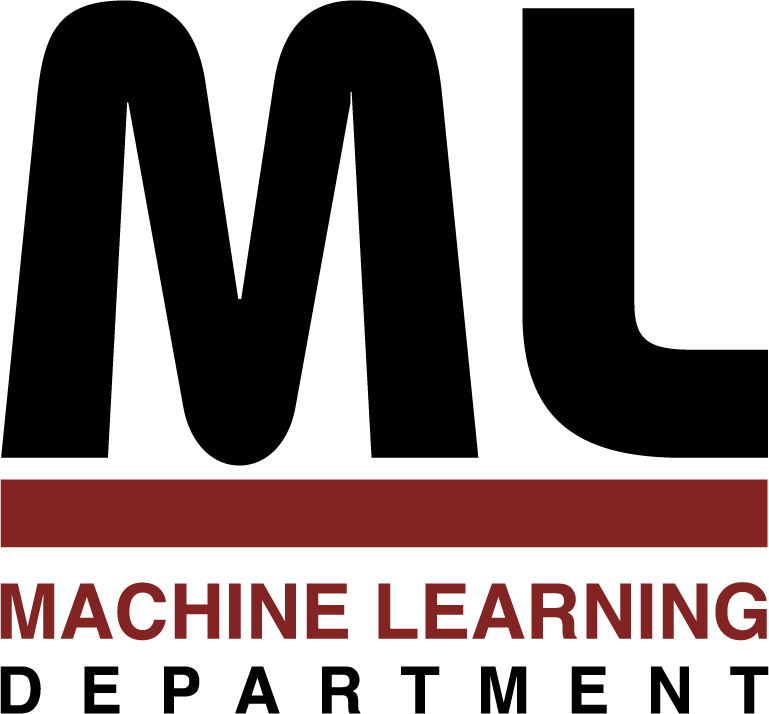
Machine Learning Department
School of Computer Science, Carnegie Mellon University
Statistical Models and Algorithms for Studying Hand
and Finger Kinematics and their Neural Mechanisms
Lucia Castellanos
August 2013
Ph.D. Thesis
In this thesis, we investigate statistical models of finger movement that can provide insights into the mechanics of the hand, and that can have applications in neural-motor prostheses, enabling people with limb loss to regain natural function of the hands.
There are many challenges associated with (1) the understanding and modeling of the kinematics of fingers, and (2) the mapping of intracortical neural recordings into motor commands that can be used to control a Brain-Machine Interface. These challenges include: potential nonlinearities; confounded sources of variation in experimental datasets; and dealing with high degrees of kinematic freedom.
In this work we analyze kinematic and neural datasets from repeated-trial experiments of hand motion, with the following contributions:
- We identified static, nonlinear, low-dimensional representations of grasping finger motion, with accompanying evidence that these nonlinear representations are better than linear representations at predicting the type of object being grasped over the course of a reach-to-grasp movement. In addition, we show evidence of better encoding of these nonlinear (versus linear) representations in the firing of some neurons collected from the primary motor cortex of rhesus monkeys.
- A functional alignment of grasping trajectories, based on total kinetic energy, as a strategy to account for temporal variation and to exploit a repeated-trial experiment structure.
- An interpretable model for extracting dynamic synergies of finger motion, based on Gaussian Processes, that decomposes and reduces the dimensionality of variance in the dataset. We derive efficient
algorithms for parameter estimation, show accurate reconstruction of grasping trajectories, and illustrate the interpretation of the model parameters.
- Sound evidence of single-neuron decoding of interpretable grasping events, plus insights about the amount of grasping information extractable from just a single neuron.
- The Laplace Gaussian Filter (LGF), a deterministic approximation to the posterior mean that is more accurate than Monte Carlo approximations for the same computational cost, and that in an off-line decoding task is more accurate than the standard Population Vector Algorithm.
155 pages
School of Computer Science